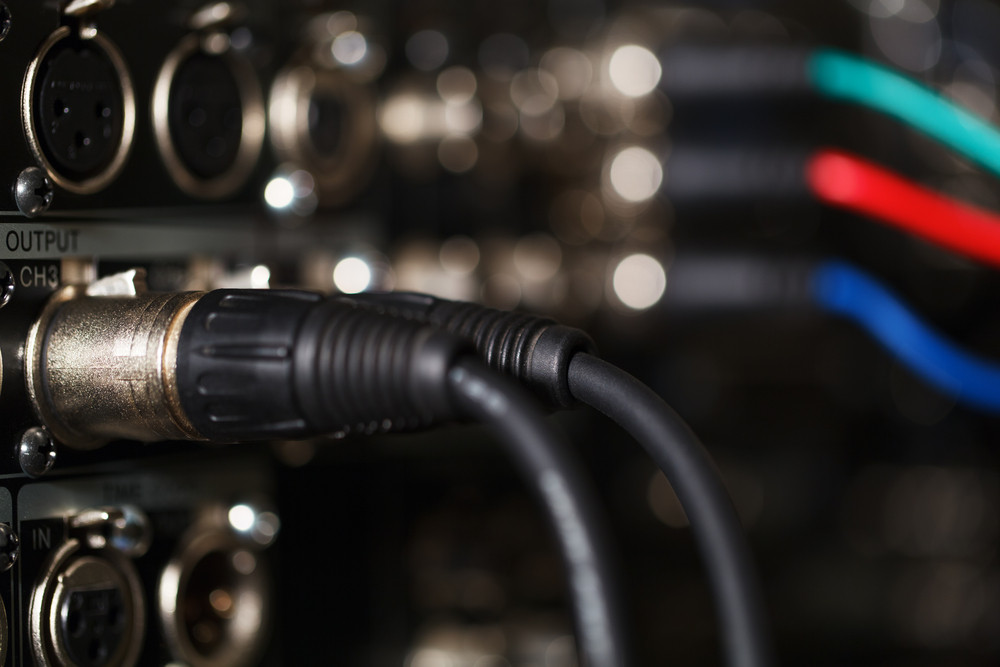
It is fair to say that we now live in a “wired world,” and electronic devices of all sorts are used for communication, work, and leisure alike. Some are wireless, typically cell phones and laptops that can get a signal without being plugged into anything. Those devices are meant to be mobile, after all. But cables are not obsolete, and different ethernet cable types, 100 ft HDMI cables, bulk USB cables, and fiber optic cables are very much relevant today. Some common ethernet cable types include cat5 cables and cat6 cables, as well as “extended” versions such as cat5e cables and cat6e cables in bulk. Many of these cables will be put to good use in a modern office, and most American homeowners make use of cables in the home such as lightning cables and HDMI cables. What is there to know about the world of cables?
In the Office
Nearly any place of business today is going to make use of computers, whether one or two laptops in the back room all the way to dozens of PCs being used in a large office space. It is not practical to use wireless connections for all those PCs at once, since all the signals might interfere with each other and the wireless provider might get overloaded. Instead, some ethernet cable types such as cat5 and cat6 will be used, and it is the job of IT professionals to hook up different ethernet cable types to work PCs and Internet routers. Often, these cables can be threaded discreetly through the office so that they are not a tripping hazard, and workers can even drill a hole in the floor to allow cables to pass right through. The benefit of using cables is that they never suffer from interference, and they can transmit a lot of data quickly and smoothly in their copper wire pairs. A cat6 cable, for example, has four pairs of wires for fast data streaming.
Fiber optic cables were first pioneered in the 1980s, and now they allow for extremely fast and powerful Internet connections for an office. They are thin glass tubes that carry pulses of light to transmit information, and special crews can be hired to install them in a busy office to meet its Internet connection requirements. Extra “dark” cables are also installed as backups in case any main cables malfunction. They can also be activated as the building’s Internet use grows and expands.
What about data servers and cables? For those not aware, a data server is a dedicated room filled with racks and shelves that house hundreds or even thousands of computers at once. These are not desktop PCs; rather, they are connected with countless cables that unite them into a single, powerful entity. The idea is that desktop PCs on the premises can be plugged into this data server, and all of these connected computers can easily and privately share all of their files and data through the data center. Not only that, but they will also get a processing speed boost from being plugged into that data server. Such servers can be expanded as needed, with new computers, racks, and cables being added over time by IT professionals.
Cables in the Home
Cables are not exclusive to an office space, since most Americans own at least a few electronics at home that require the use of cables as well. For example, most households include at least a few smartphones, which can be plugged with lightning cables into an electronic device or even a wall socket to recharge their batteries. Those cables also allow the phone to share data with a device that they are plugged into.
Cables can also be used to make a home entertainment system, and the only limit is requiring all involved devices to be compatible with their cable types. For video, a laptop or a game console can be plugged into an HDTV or a digital projector with an HDMI cable, which allows for high-definition video. Other cables can plug in speakers and a sub woofer, and an ethernet cable will connect a game console or a PC to the Internet for online gaming and video streaming services.
